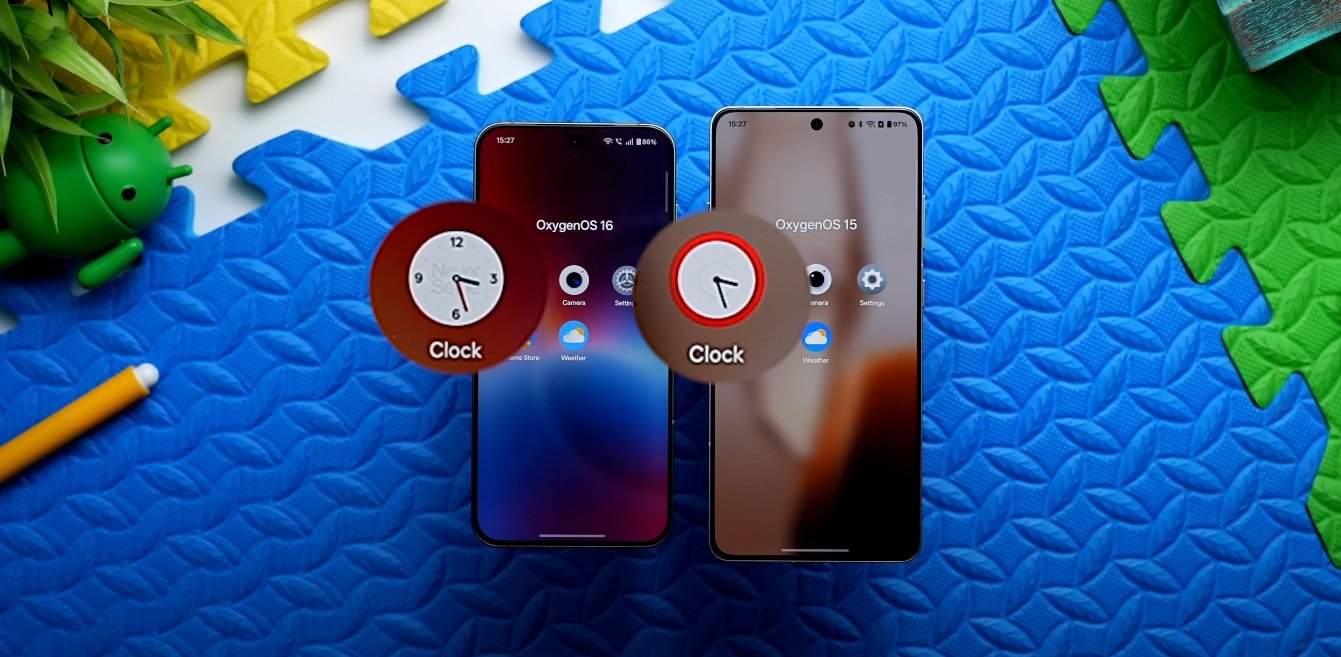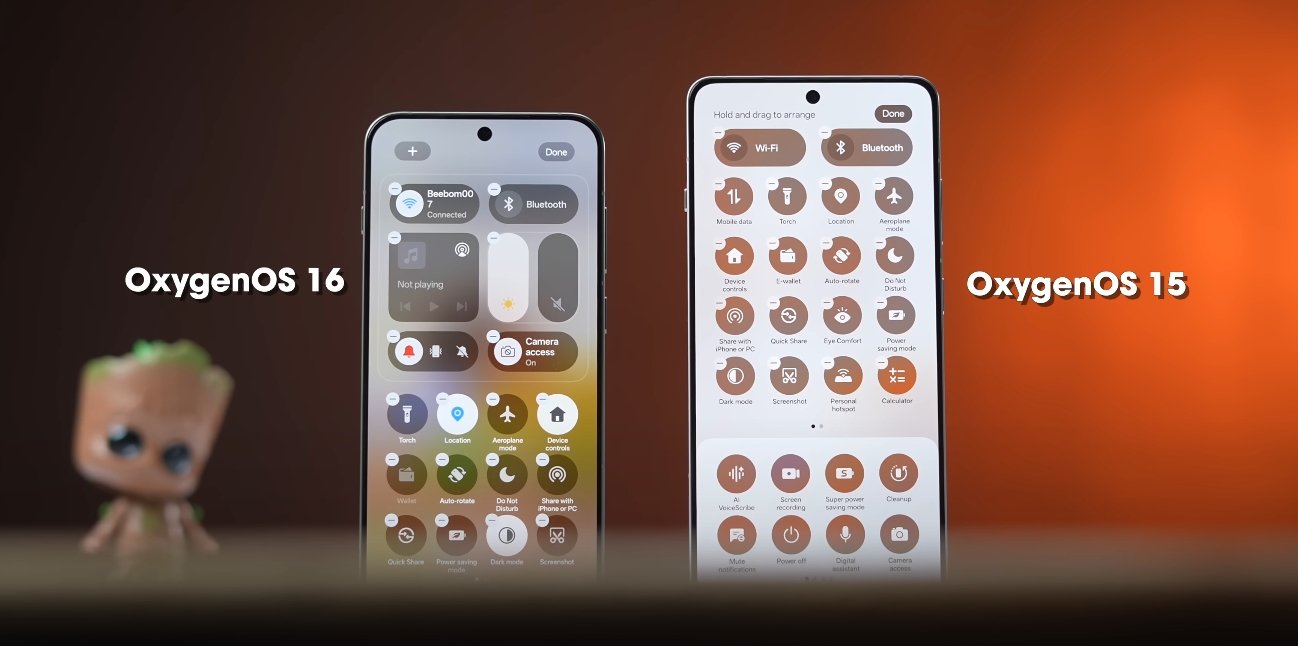Comparing Interface Speed: OxygenOS 16 and Realme UI 6
When it comes to interface speed, both OxygenOS 16 and Realme UI 6 offer refined user experiences, yet they approach smoothness and performance in different ways. OxygenOS 16 emphasizes AI integration, multitasking, and fluid animations, while Realme UI 6 focuses on customization, lightweight design, and system optimization. Testing these operating systems in real-world scenarios helps determine which feels faster and more responsive for everyday use.
OxygenOS 16 introduces several performance enhancements aimed at improving responsiveness. The system leverages Parallel Processing 2.0, which allows animations and background processes to run concurrently, reducing delays when opening apps or switching between tasks. As a result, app launches feel faster, scrolling is smoother, and multitasking experiences are more fluid. Even under heavy usage, such as gaming while using social media or streaming video, OxygenOS 16 maintains consistent speed with minimal lag.
The update also incorporates Flow Motion, which enhances UI animation smoothness. Swipes, app launches, and transitions feel more continuous and natural, contributing to a perception of higher speed. CPU and memory optimizations further improve responsiveness, ensuring that both newer and slightly older devices benefit from faster system interactions. For users who multitask heavily or engage in resource-intensive applications, these enhancements make OxygenOS 16 particularly appealing.

AI integration in OxygenOS 16 adds another layer of perceived speed. The Mind Space feature, powered by Google Gemini AI, organizes notes, screenshots, and voice memos, and provides contextual suggestions. By predicting user needs and preloading relevant content, AI helps reduce the steps required to perform tasks. This contributes to a sense of a faster, smarter interface that adapts to user habits, making routine actions quicker and more efficient.
Realme UI 6, on the other hand, emphasizes a minimalist and customizable interface. Built on ColorOS, it provides smooth navigation and fast app responsiveness, particularly on devices with sufficient RAM and processing power. While the system may experience minor lag on budget or older devices during intensive multitasking, it generally offers a reliable and fluid experience. Realme UI 6 prioritizes simplicity, ensuring that users do not encounter excessive system overhead that could impact speed.
Battery efficiency also affects perceived interface speed. OxygenOS 16 incorporates adaptive battery management, which intelligently allocates resources to maintain performance while conserving power. Users experience longer device uptime without slowdown, even during extended periods of gaming or streaming. Realme UI 6 includes battery optimization features as well, but performance can vary depending on device hardware. On high-end devices, the interface remains fast, while on lower-end models, multitasking or extended usage may slightly reduce responsiveness.
Customization plays a role in how fast an interface feels. OxygenOS 16 offers clean layouts, customizable widgets, and dynamic themes like Flux Themes, which add a modern touch without compromising performance. Animations are optimized to ensure that visual effects do not hinder speed. Realme UI 6 provides extensive customization options, including icon packs, themes, and animation adjustments. While these features allow users to personalize their devices extensively, excessive customization can occasionally affect interface smoothness, particularly on devices with limited hardware resources.
In real-world usage, OxygenOS 16 tends to feel slightly faster and more fluid overall. The combination of optimized animations, AI-assisted task management, and efficient multitasking ensures that interactions feel seamless. Users notice quicker app launches, smoother transitions, and responsive gestures, even under heavy workloads. Realme UI 6, while responsive and reliable, focuses more on customization and simplicity rather than maximizing every frame of speed. On higher-end devices, it performs well, but OxygenOS 16’s additional optimizations give it an edge in raw interface smoothness.
Ultimately, the choice between OxygenOS 16 and Realme UI 6 depends on user priorities. Users who value speed, fluidity, and AI-enhanced multitasking will likely prefer OxygenOS 16. It provides a modern, responsive experience that maintains performance under demanding conditions. Those who prefer extensive customization, a minimalist interface, and simplicity may lean toward Realme UI 6, which offers a reliable and flexible system with ample personalization options.
In conclusion, both operating systems deliver strong performance, but OxygenOS 16 generally feels smoother due to its optimized animations, AI features, and multitasking enhancements. Realme UI 6 excels in customization and straightforward usability, offering a responsive interface on compatible devices. Understanding the balance between speed, features, and personal preferences helps users choose the operating system that best fits their needs, ensuring a satisfying and efficient smartphone experience.
Also Read: OxygenOS 16 new app drawer and widget design changes







